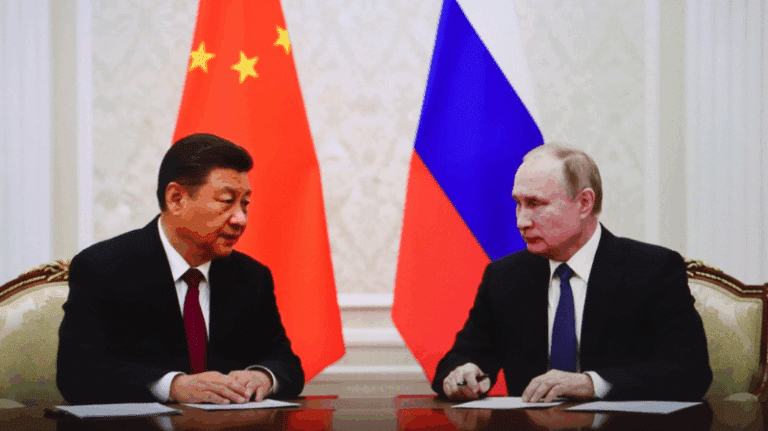This website uses cookies as well as similar tools and technologies to understand visitors’ experiences. By continuing to use this website, you consent to Columbia University’s usage of cookies and similar technologies, in accordance with the Columbia University Website Cookie Notice.
The challenges of providing reliable and affordable supplies of electricity in the U.S., not to mention cleaner forms of power, have been evident recently with the rash of unusually cold weather in Texas. Millions of Texans were left without power and drinkable water for days as the state’s grid nearly collapsed.
And as worries grow over the frequency and intensity of big storms, the power sector as well as policymakers in Washington and the states are looking more closely at steps needed to assure the reliability of the grid even as climate change makes these events more worrisome.
In this edition of Columbia Energy Exchange, host Bill Loveless is joined by Lynn Good, the chair, president and CEO of Duke Energy, one of America’s largest energy holding companies, with more than 7 million electric power customers in the Southeast and Midwest and nearly 2 million natural gas customers in five states.
Bill reached Lynn at Duke Energy’s headquarters in Charlotte, North Carolina, to talk about the situation in Texas and what it might mean for utilities in other states, as well as her company’s goal of providing electricity with net-zero emissions by 2050, a target well short of the 2035 mark for that achievement set by President Biden and congressional Democrats.
Lynn and Bill touched as well on the similarities and differences in the cleaner-energy positions of the Biden administration and the power sector, and how she thinks the conversation could proceed to find some agreement on policies that would support a carbon-free power sector as soon as possible.
Lynn has been Duke Energy’s CEO since 2013, having served previously as the company’s chief financial officer and a leader of its commercial energy business. She began her utility career in 2003 with Cincinnati-based Cinergy, which merged with Duke Energy three years later. Prior to that, she was a partner at two international accounting firms, including a long career with Arthur Andersen.
More Episodes
Is ‘Gold Standard’ for Energy Data in Trouble?
Everyone from energy executives to traders on Wall Street to policymakers across the US depend on accurate, timely information about energy production, consumption, and trends. At the heart...

The Power of a Russia-China Energy Deal
Before it invaded Ukraine, Russia was Europe's single largest supplier of imported natural gas. But now that the European Union is considering an outright ban on all Russian...

What’s Shaping GOP Energy Policy?
The rollback of the Inflation Reduction Act through the One Big Beautiful Bill Act has reshaped America's climate and energy landscape by cutting tax incentives for wind and...

Jensen Huang: The Power of Intelligence Infrastructure
Jensen Huang, who founded NVIDIA in the early 1990s and built it into one of the most valuable companies in the world today, has thought a lot about...

Relevant
Publications
3 Coming Flashpoints in Climate Geopolitics
World leaders are meeting in New York this month at the request of the United Nations Secretary-General António Guterres to discuss the state of global ambition on climate change.


How to Fully Operationalize Article 6 of the Paris Agreement
A key component of the Paris Agreement is Article 6, which introduces a framework to facilitate voluntary cooperation between―primarily using carbon credit trading―to help achieve their nationally determined contributions (NDCs) more cost-effectively.

Signed But Not Sealed: The Geopolitics Behind Power of Siberia 2

